Times when chutneys had not yet been discovered, when people were deprived of the most devouring delicacies, when no snack could have been able to achieve its full potential, was undoubtedly hard.
Imagine being presented the best amongst the rest and still feeling missing an essential part of it. WIthout chutney, no snack sits, right? Does it?
And so, to celebrate the essence and importance of chutneys in our daily lives, I bring to you chutneys from around the nation.
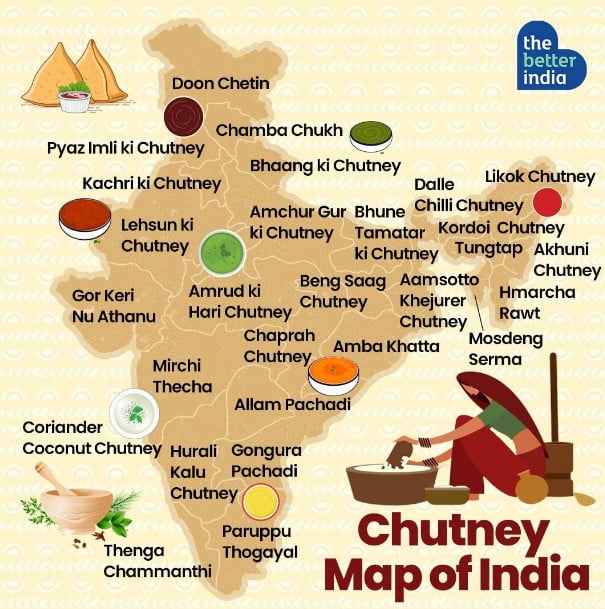
The Humble Chutneys Of India
Without seeking an ounce of credit, go all out for the dishes’ refinement. Even after devouring the dishes and having the time of our lives (thanks to chutneys), we do not give it enough credit.
Although stuck at the margin of the platter and underestimated as ‘just a topping’, the fact remains that chutney is the real deal.
To understand all that chutneys have done for us, we first need to go back in time and look at their origin.
Origin Of The Backbone Of Dishes
Almost all sorts of foods claim to be the first to have partnered with chutneys. From rice and idli to chaat to a sweet dessert, all acknowledge the power chutneys hold over making or breaking a dish.
The word itself seems to have come from a Sanskrit word, ‘chaatni’ meaning ‘to lick’, and stays true to its meaning to date. We can never deny the ‘finger licious-ness’ of chutneys.
Being the most prominent part of India’s culinary treasure, chutneys came into being through various methods according to varying sources.
Emperor Shah Jahan And Chutney
According to one such source, 17th century’s Mughal emperor Shah Jahan’s hakims advised him to indulge in flavory and spicy things that could be easily digested, for he was quite ill.
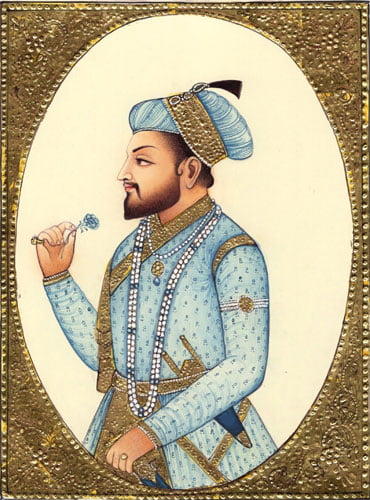
This led to the invention of chaat, constituting pulses and lentils, with a dash of coriander, in addition to mint and tamarind chutney.

Made up of mint, cumin, coriander, flax seeds, garlic, dry ginger, and many more ingredients, chutneys are power packs of micronutrients and act as antacids (source: Shah Jahan’s hakims).
Earlier Presence Confirmed
Despite the close association of chutney and chaat, the presence of chutneys way before chaat’s discovery cannot be refuted, according to food historian Pushpesh Pant.
He has reasons to believe that chutneys may be the oldest food in human history. He said, “It was most likely ‘invented’ by our hunting-gathering ancestors by accident, maybe even before cooking transformed our eating habits. Crushed berries, fruit and leaves, seeds and nuts render whatever we put in our mouth tastier and slowly become a habit or preference.”
Colonies And Chutneys
Apart from the above said, the colonial past has also been suggested as a means of origin. Bengal’s tomato chutney, inspired by the British jams and marmalades, came into being in this manner.
For the affluent, dry fruits were incorporated in chutneys to give them a touch of refinement and class. Various socio-economic reasons also came into play.
Read More: British Professor Calls Idli Boring, Indian Twitter Unites, Shashi Tharoor Also Reacts
Limited Resources And Misogyny
Limited access to resources led to the consumption of chutneys made out of flowers native to that area. A great source of carbohydrate and protein, chutney, in its varying forms, became the staple of the nation.
Interestingly enough, chutney also symbolizes India’s misogyny. With movies being made on chutney (some going as far as putting the word as their title), it came to indicate a housewife’s worth.

This points towards the deep connection between patriarchy and chutney. Let me explain.
Generally, women eat after the entire family has been fed, and by that time, more often than not, there’s barely any food on the table. And so, chutney, in the form of a quick side dish, started being prepared during every meal.
A step towards sustainability perhaps, generations of women in India have taken to serving chutneys with the main course. Chutney not only enhances the overall flavor but also becomes a source of sustenance and satisfaction along with curbing hunger.
That being said, I bring to you some of the most famous, mouth-watering, finger-Licious chutneys of India.
Coconut Chutney
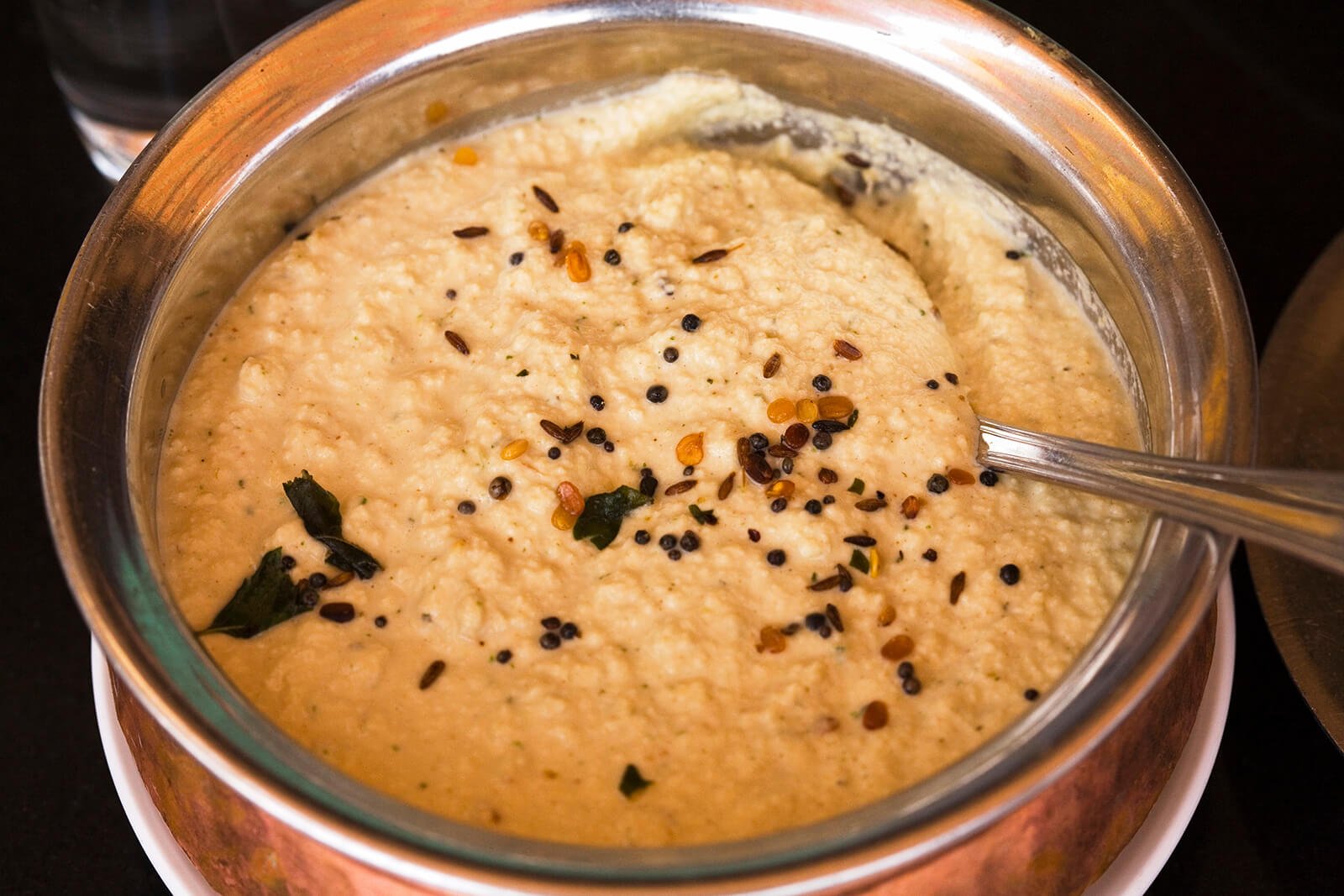
Tomato Chutney
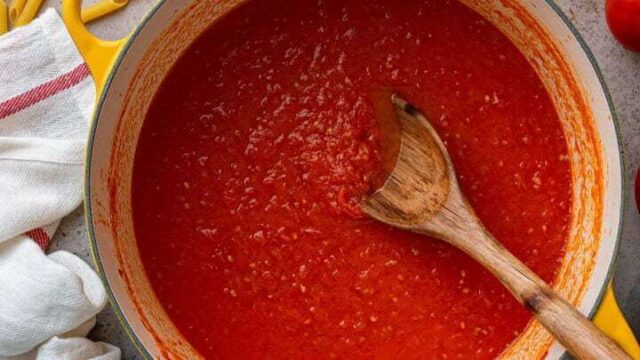
Peanut Chutney

Coriander Chutney
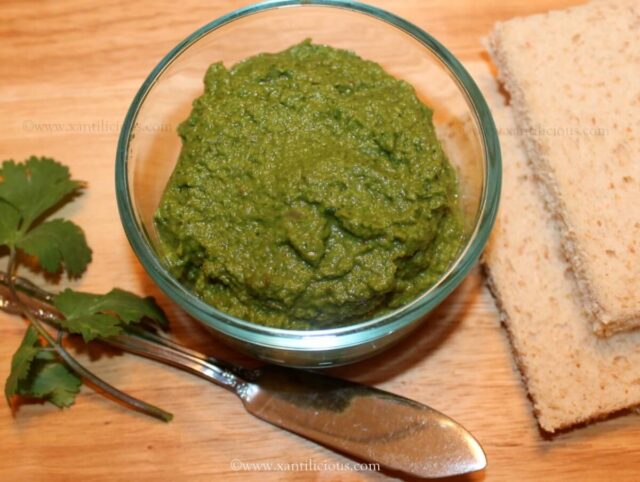
Tamarind Chutney

Mint Chutney
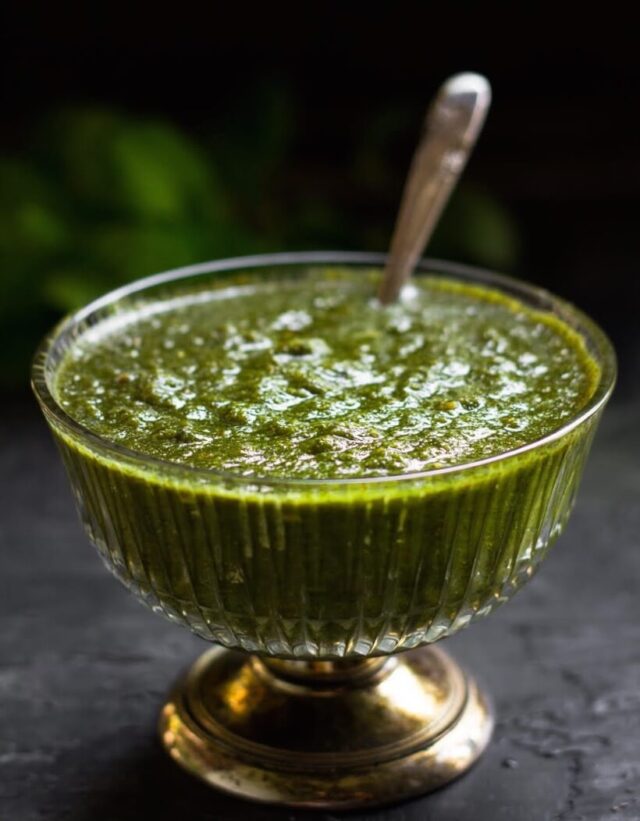
Onion Chutney

Chilli Chutney

Mango Chutney
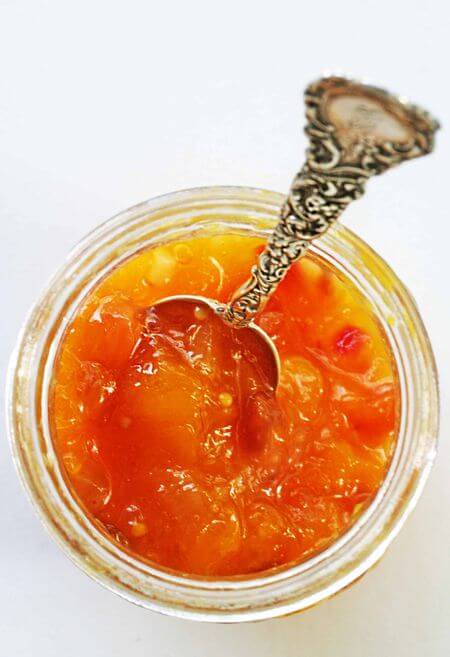
Chana Dal Chutney
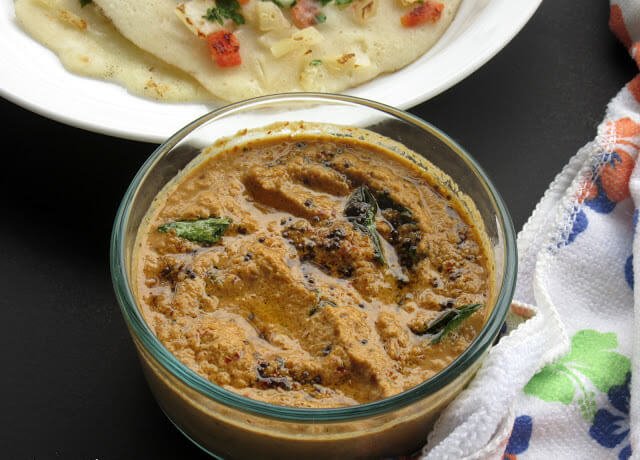
Pomegranate Chutney
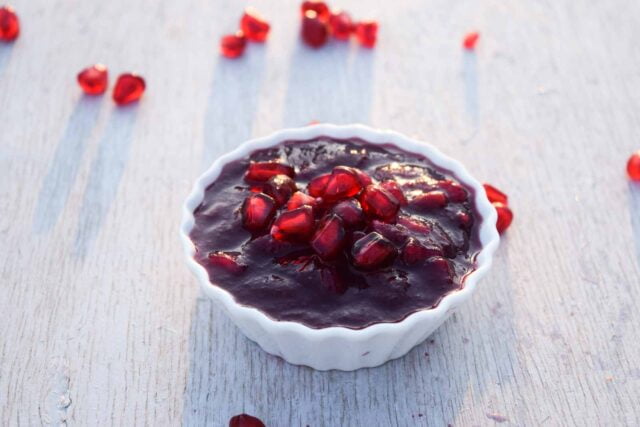
Cabbage Chutney
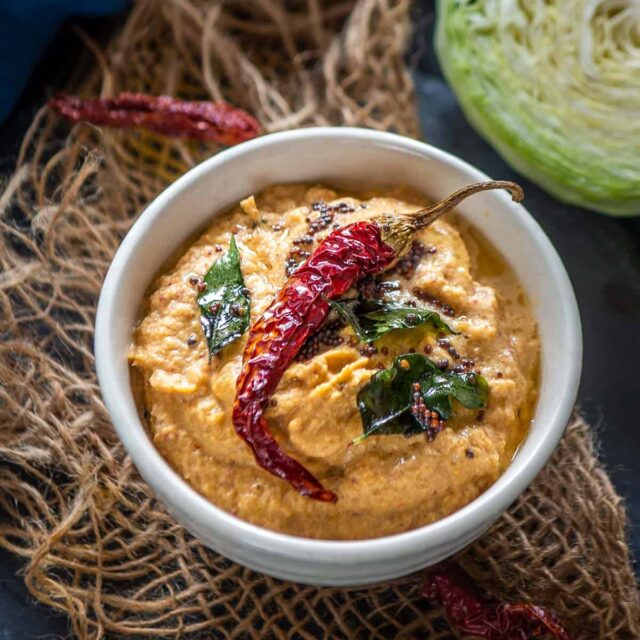
Garlic Chutney
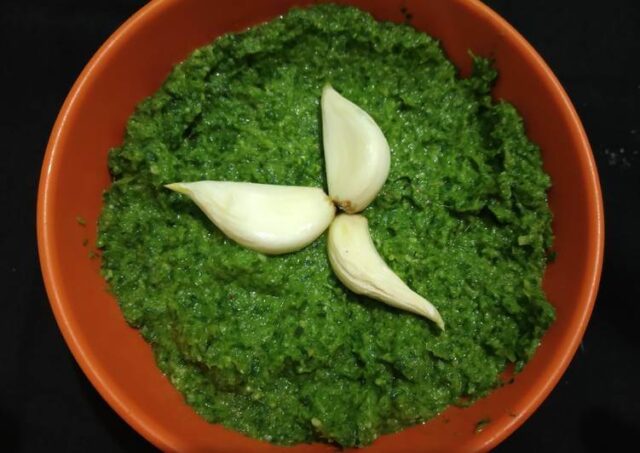
Sesame Chutney
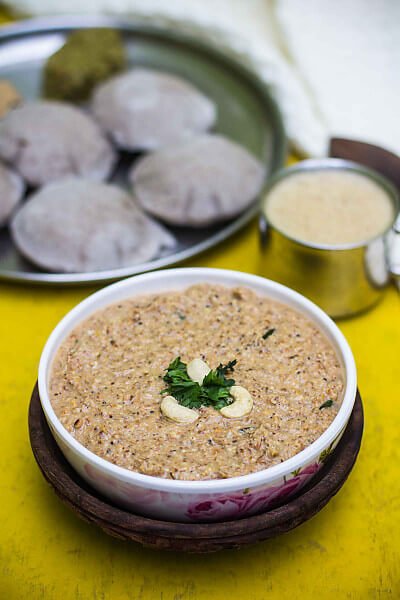
Carrot Chutney
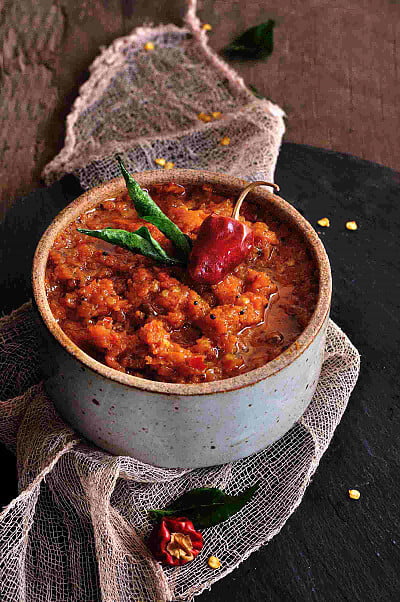
Radish Chutney
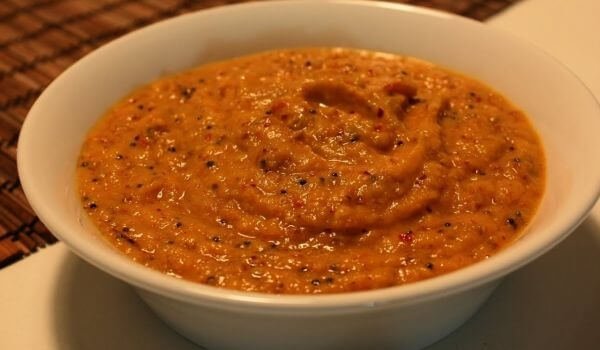
Beetroot Chutney
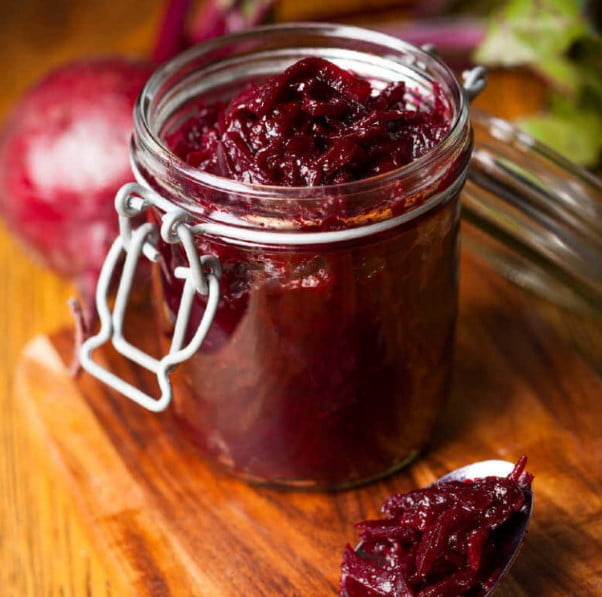
Brinjal Chutney
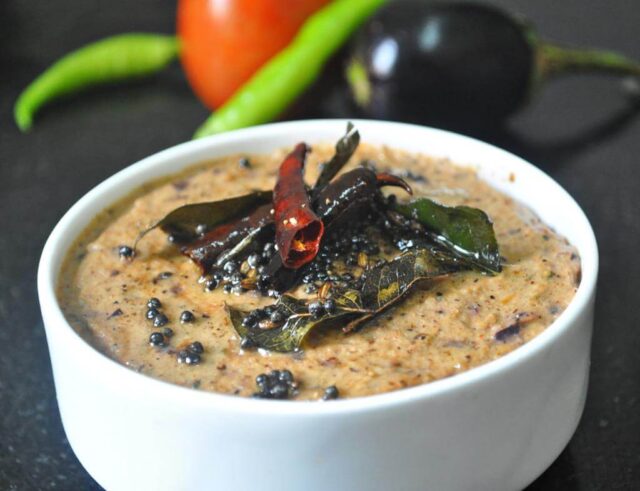
Sweet Potato Chutney
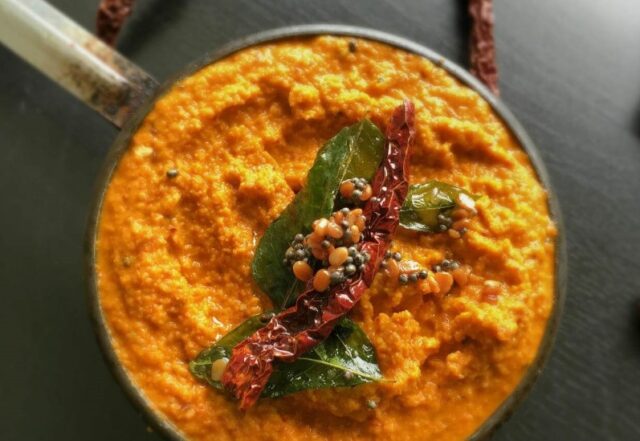
Ginger Chutney

Curry Leaves Chutney
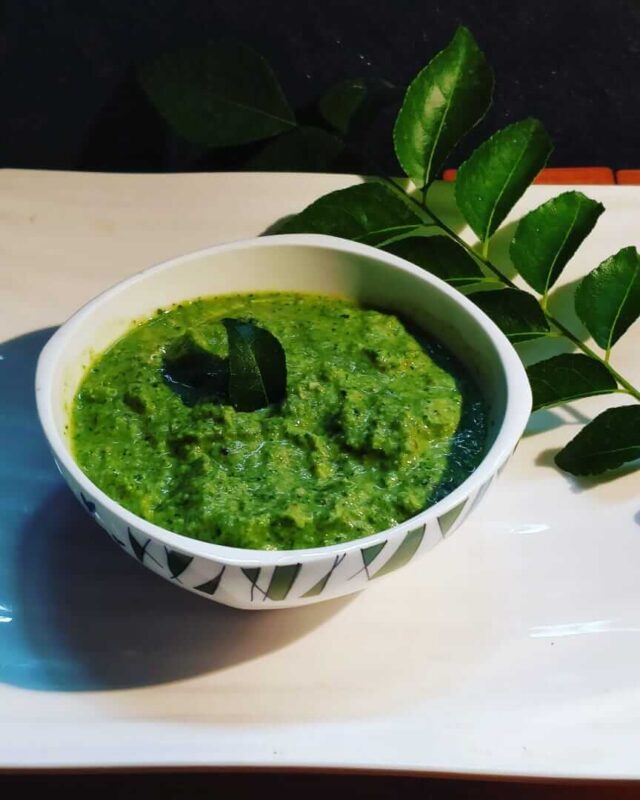
Methods of preparation vary. So do tastes. But what remains common is the essence that binds our multicultural eating practices together.
Let us know in the comment section below your favorite chutney and what do you like to eat it with.
Image Source: Google Images
Sources: Indian Express, Veg Recipes of India, The Better India
Find The Blogger: @evidenceofmine
This post is tagged under: India, yummy, chutneys, taste, delicacies, snacks, dishes, meals, food, nation, plate, side dish, refinement, platter, origin, topping, flavor, rice, idli, chaat, dessert, Sanskrit, culinary treasure, Mughal emperor, Shah Jahan, hakims, digestion, flavory, spicy, invention, pulses, lentils, coriander, mint, tamarind, cumin, coriander, flax seeds, garlic, dry ginger, antacids, micronutrients, food historian, humans, earliest, edible, flora, fauna, ancestors, cooking, eating habits, crushed berries, fruits, leaves, seeds, nuts, Bengal, colonial past, tomato chutney, British, jams, marmalades, affluent, dry fruits, socio-economic, resources, carbohydrate, protein, staple, symbolize, misogyny, patriarchy, women, society, sustainability, main course, enhancer, source, sustenance, hunger, Coconut, Tomato, Peanut, Coriander, Tamarind, Mint, Onion, Chilli, Mango, Chana Dal, Pomegranate, Cabbage, Garlic, Sesame, Carrot, Radish, Beetroot, Brinjal, Sweet Potato, Ginger, Curry Leaves
Other Recommendations:
Do You Know That Drugs Are Used In Food Items To Enhance Its Taste?






























